For the past few years, I’ve been shooting a Pentax Super Program as my primary camera. It’s been a great travel companion and I’m happy to have one in my collection. Having put numerous rolls of film through the Super Program, I started to feel qualified to share my thoughts about this camera. So here they are.
Photography has been a constant in my life. I grew up burning through disposable cameras and whatever film I could stuff into the cheapest Vivitar point and shoot in existence. There was something oddly satisfying about the ratcheting of the little dial winders, the snap of releasing the shutter, and getting to see the final product days (or weeks) later.
I eventually progressed to digital as the technology improved and dropped in price. I progressed from a point and shoot to DLSR’s in my 20’s and thought that I had hit the pinnacle of camera technology. But then I took a step backwards.
During my initial fever of gear acquisition syndrome, I picked up a pair of SMC 50mm lenses (f1.7 and f2.0) for my new K-70. I had heard great things about vintage glass and wanted to try it out. I was blown away by how good the results were. I had to acquire more. As I dug through Craigslist I came across a Pentax Super program with a pair of third-party zooms. It also included a flash, shutter cable, some batteries, filters, and the bag. I decided this was a good deal and picked it all up the next day.
The lenses were junk, they couldn’t replicate the look of the Pentax primes I had come to love. But the Pentax Super Program – that was the real find.
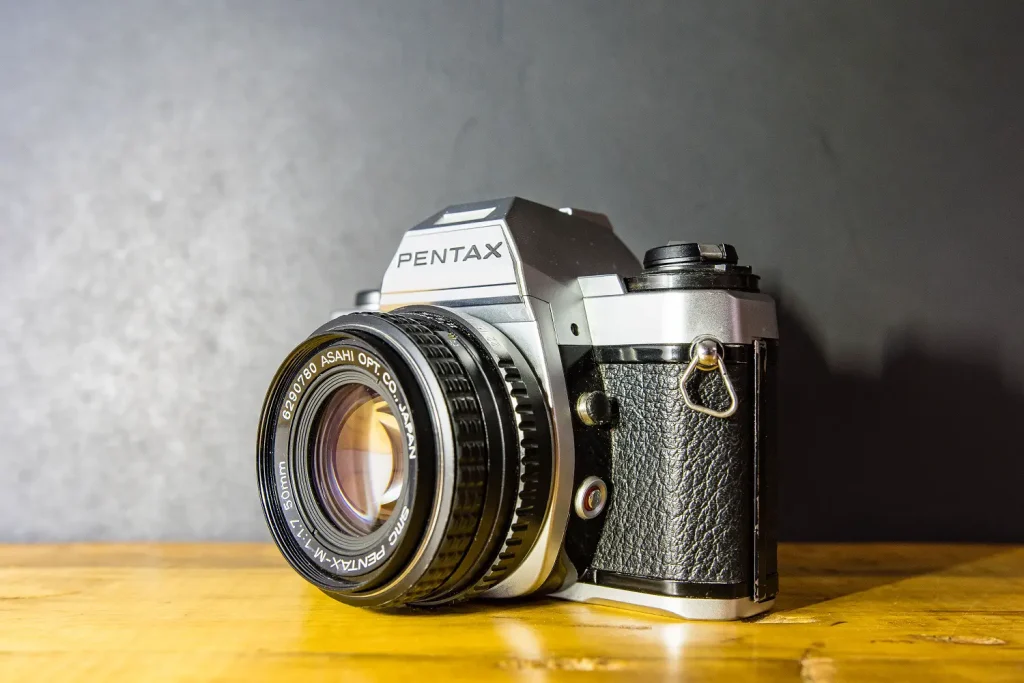
Notes and Features
The Pentax Super Program (also known as the Super-A) is a compact SLR from the 80’s which is often overlooked because it’s not a K-1000. It has a bunch of neat features like an automatic exposure mode, depth of field preview lever, and a little button that turns on a backlight in the viewfinder.
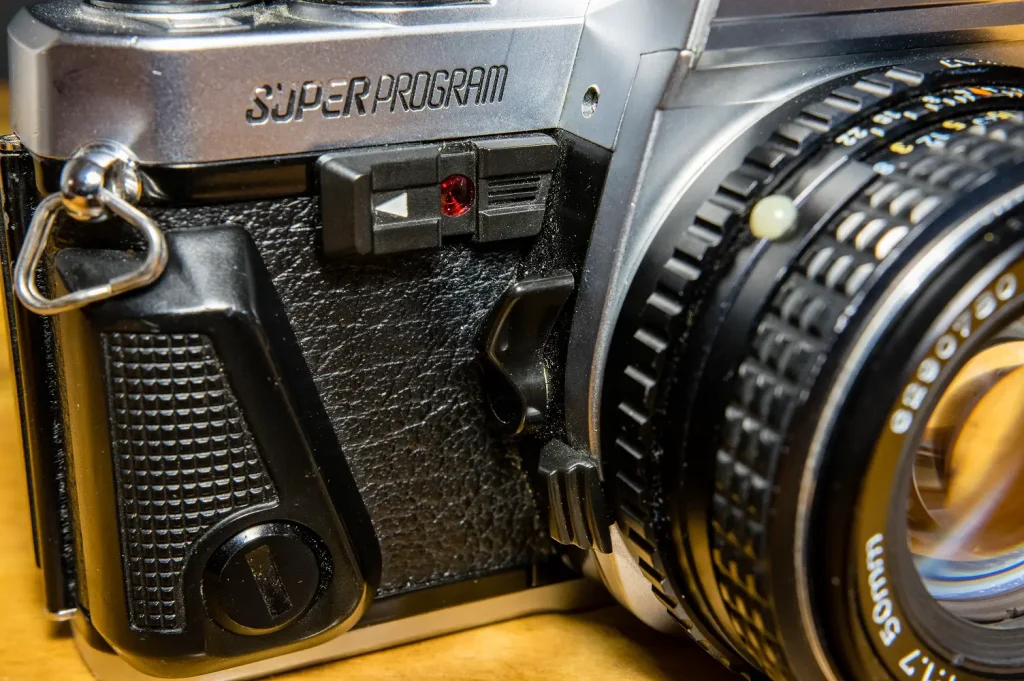
The shutter speeds range from 15s to 1/2000, plus a bulb mode. A switch for the electronic timer can be found on the front of the camera. In use, the timer will flash a red LED and beep for a few seconds. The top deck LCD gives a readout of the shutter speed and has a readiness indicator. Within the viewfinder is a split image pentaprism surrounded by a ring of microprism. Below this is another LCD with shutter speed and exposure readouts.
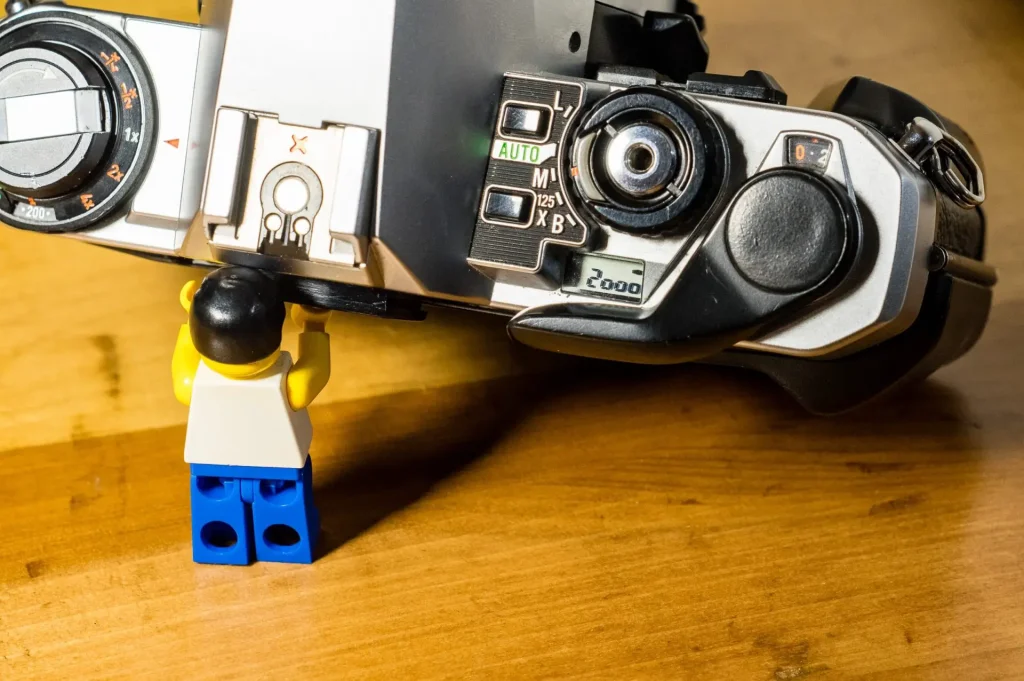
I really like the viewfinder on this camera. The split prism makes it so easy to get things in focus and the displays help me nail the exposure every time. I’ve also found that the pair of buttons used for adjusting exposure time is much easier to use compared to a dial. On my other film SLRs equipped with dials, I usually have to pull the camera away from my face to do this. With the Pentax Super Program, it’s only a few taps away, no need to recompose or miss a shot.

The ISO is manually set by pressing a small button on the exposure compensation dial and rotating the outer ring. The Pentax Super Program can accommodate film speeds from 6 to 3200.
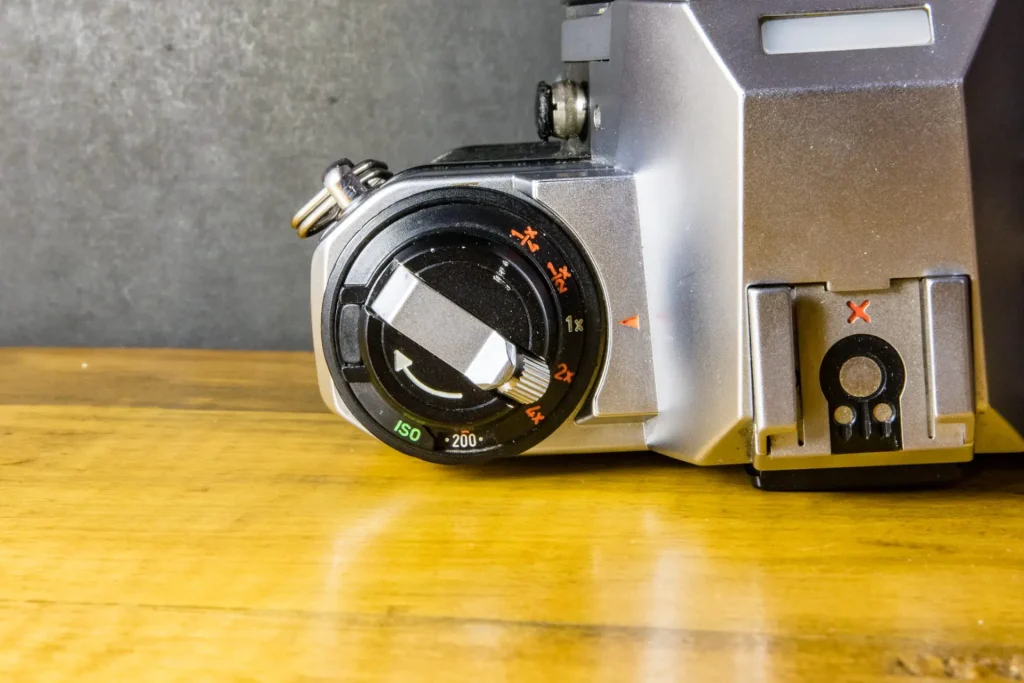
The shutter release is electronic, which I’ve come to prefer over the mechanical releases found on my other cameras. The drawback is that the Pentax Super Program won’t shoot without a battery. I’ve found on my fully mechanical bodies, the differentiation between the half-press for “meter” and full-press for “shoot” can be quite vague. The Super Program has a distinct “I’m pressing a button” feel that mimics modern digital kit.
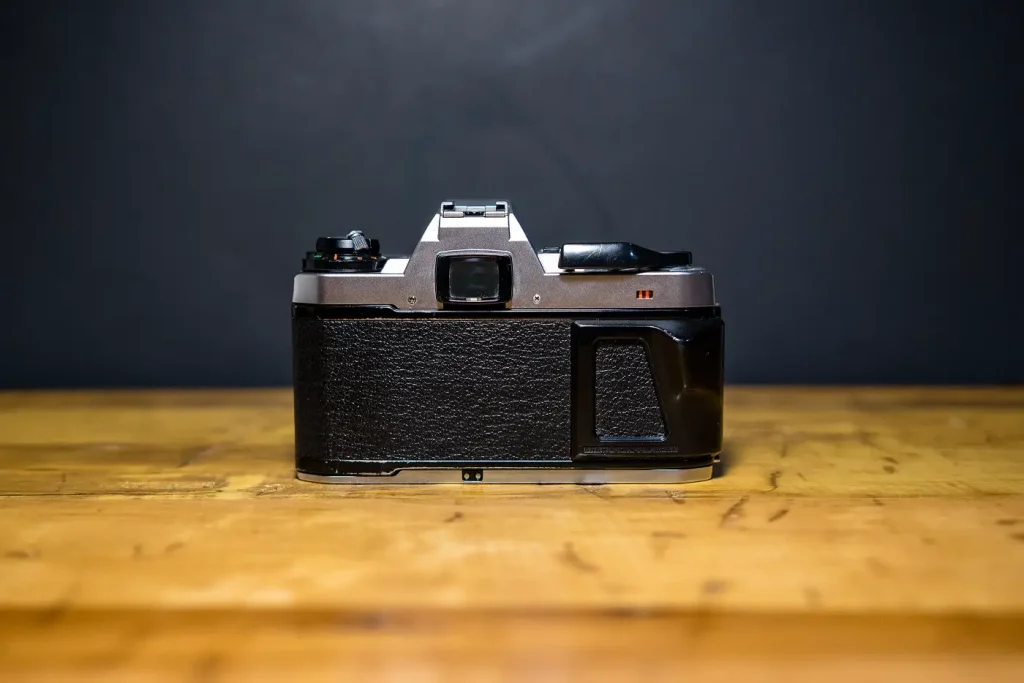
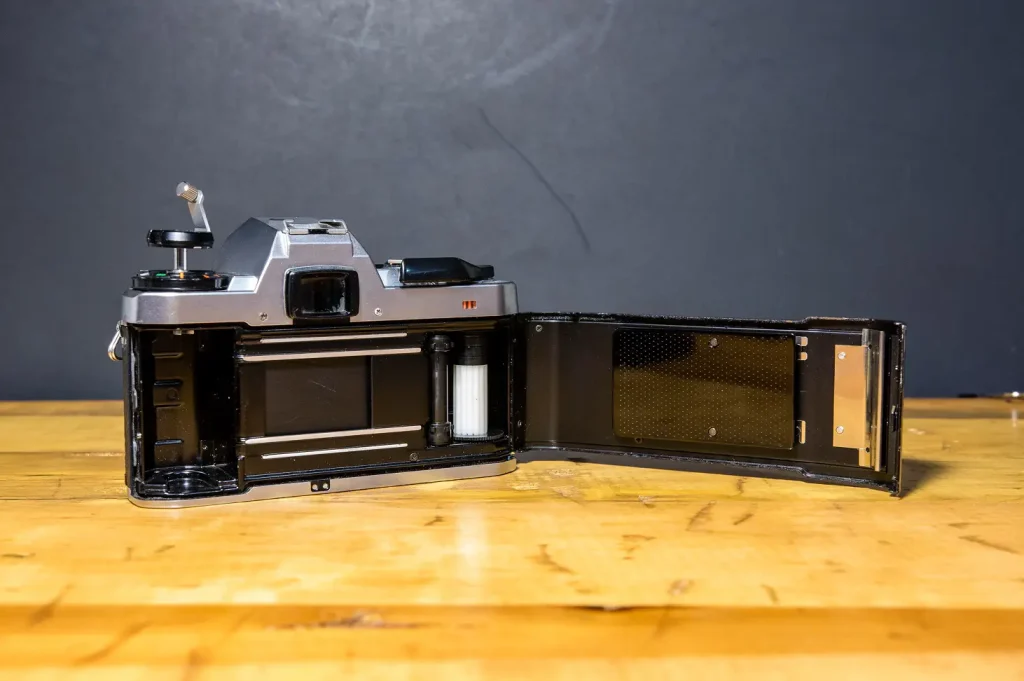
Speaking of mimicking newer cameras, it’s worth noting that this camera is compatible with a slew of K-Mount lenses. If it has an aperture ring, it’ll work. I often pair it with a 70-200 f2.8, which yields great results. The TTL hot shoe works with the same flash I use on my digital bodies.
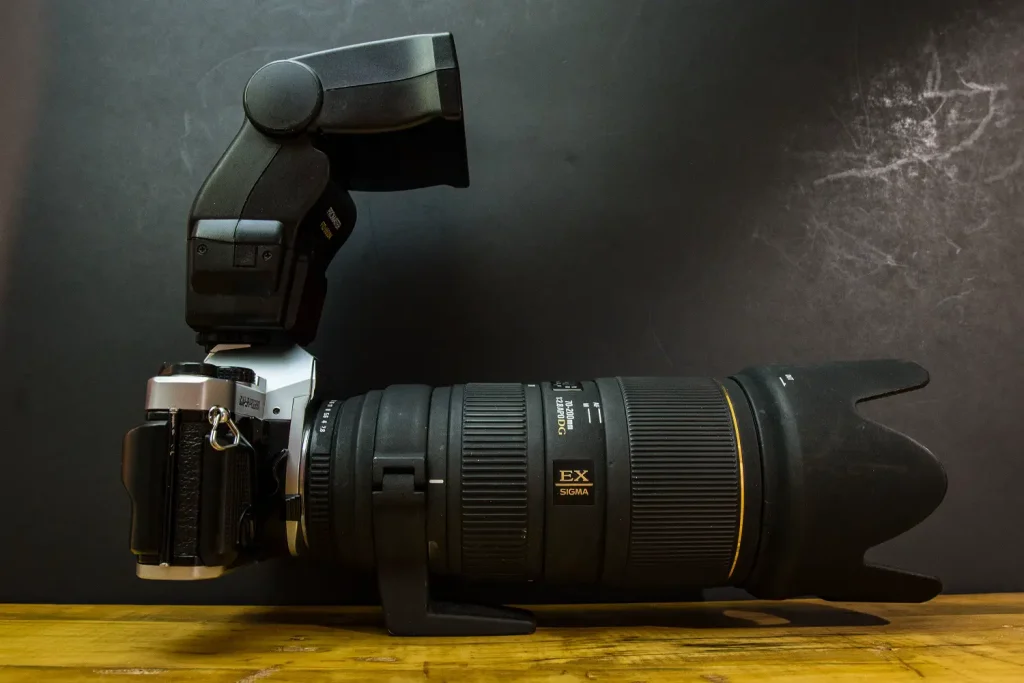
I think the cross compatibility with my modern gear is one of the best things about the Pentax Super Program. It gives the user all the perks and features of a newer camera, while still retaining enough of a manual feel to stay engaging and fun to shoot. It’s really easy to keep it in the gear bag because it takes up practically no space without a lens, and it’ll wear the same glass. If you’re thinking about becoming a Pentax nerd, this is a great place to start.
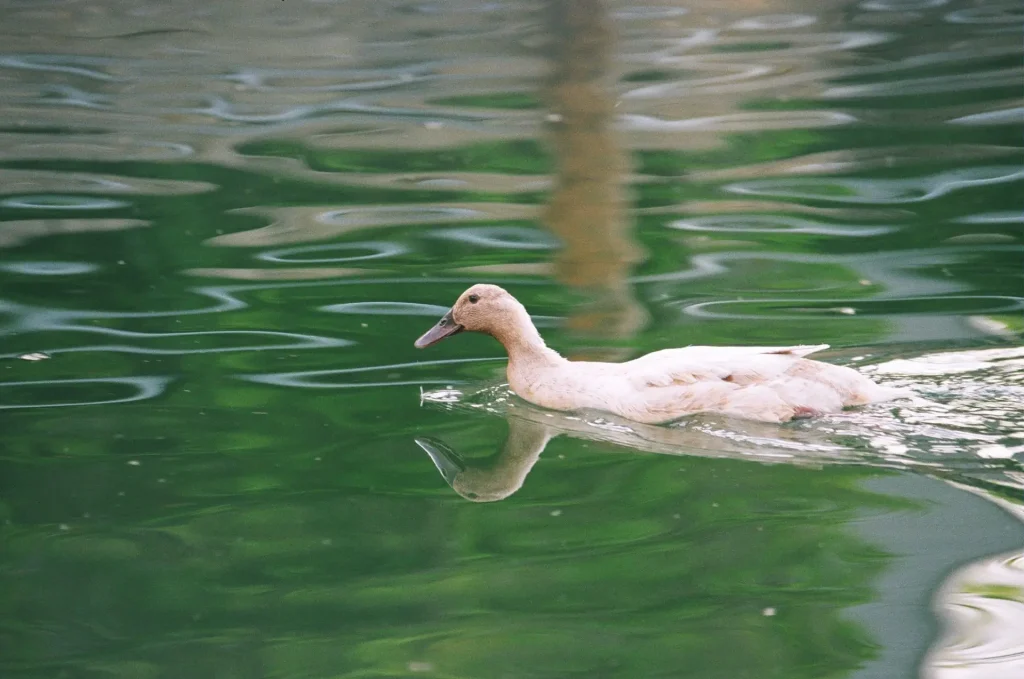
The Super Program feels great in the hands. The additional grips, small as they are, provide a surprising amount of extra traction when holding the camera. If it were an autofocus camera, it could easily be shot one-handed. The exposure adjustment buttons are perfectly positioned, as is the shutter release (which is threaded to accept a cable). A memo holder is integrated into the rear thumb-rest for the shooters who like to keep notes tucked away. There’s also a window to check on film advancement. It’s the little things that make me really appreciate this camera.
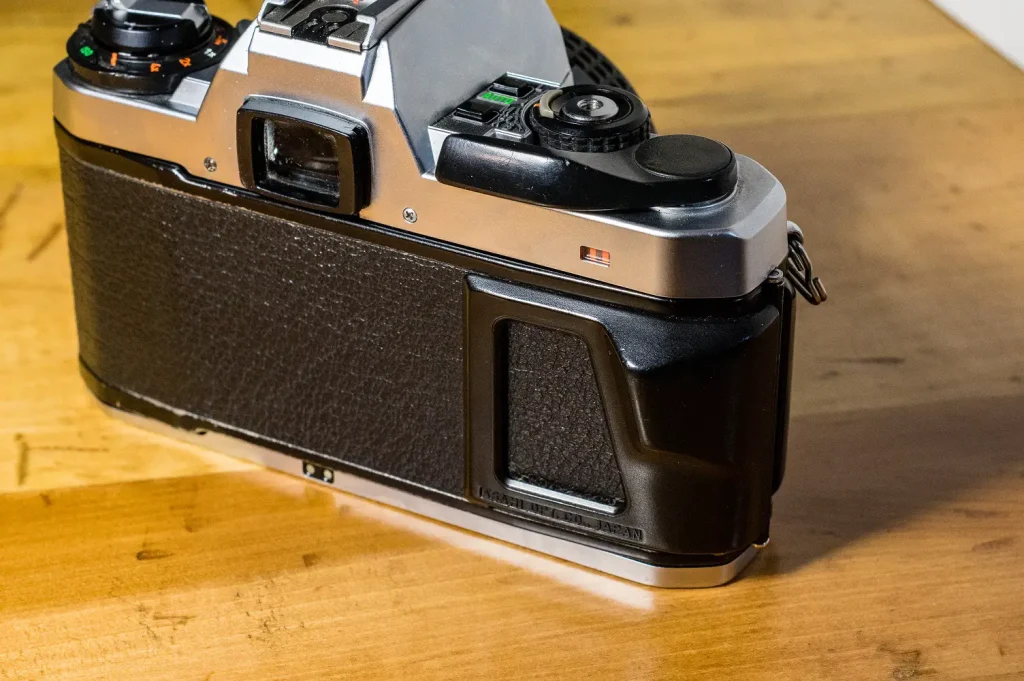
The bottom of the Pentax Super Program is equipped to accept a power winder, which enables the camera to shoot at a whopping 3.5 FPS. there’s also a button to release the film for rewinding, a standard tripod mount, and the cover for two A76 (or similar) batteries.
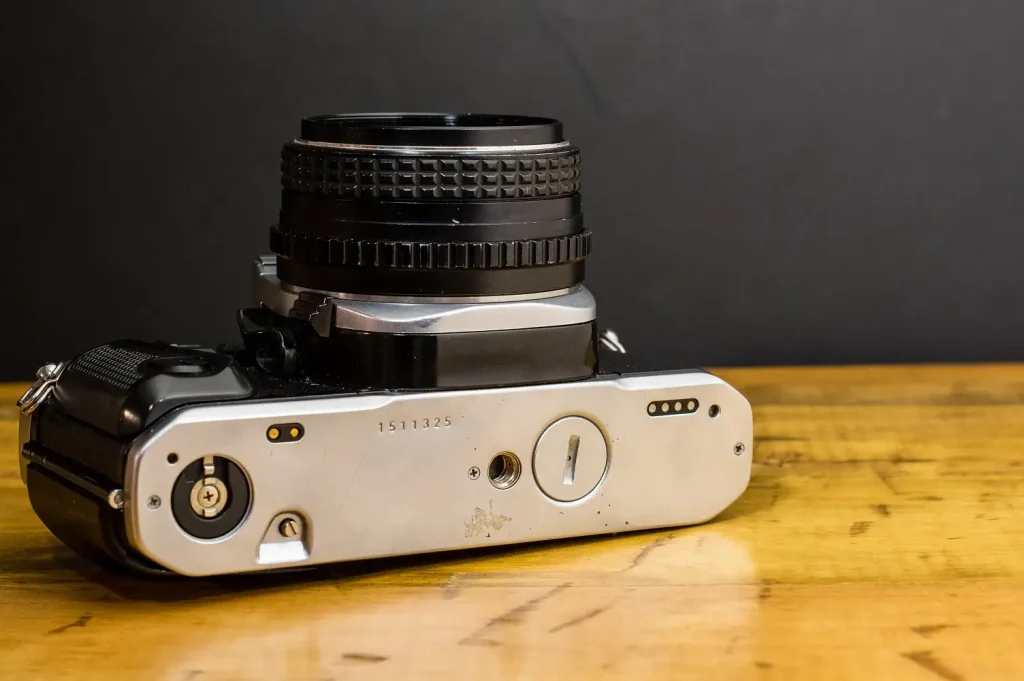
The Pentax Super Program in Action
I did encounter some issues with my particular copy initially. The shutter stuck, which was remedied by firmly smacking the camera against my palm then cycling it until it ceased to stick. I haven’t had an issue with the shutter once I got it worked loose. It also had a tendency to not fully advance the film due to a sticky rewind knob – this led to some unintended double exposures.
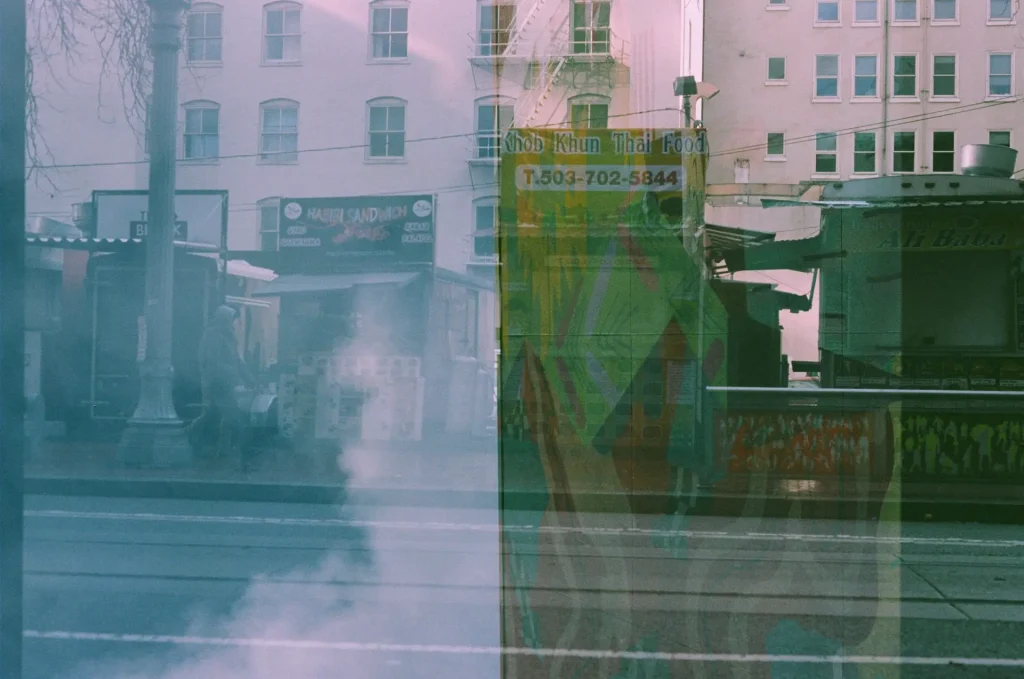
The first few rolls I put through came out surprisingly well. This camera is just so easy to use. I missed focus numerous times – which should be expected as this was my first time shooting a manual camera. What impressed me the most was how everything came out correctly exposed. I’d rate the light meter trustworthy and accurate. The only incorrectly exposed photos that came out of the camera were due to operator error. I haven’t used any of the automated modes and cannot comment on their effectiveness, but if the meter works this well in manual I’m sure the various automatic and priority modes are fine.
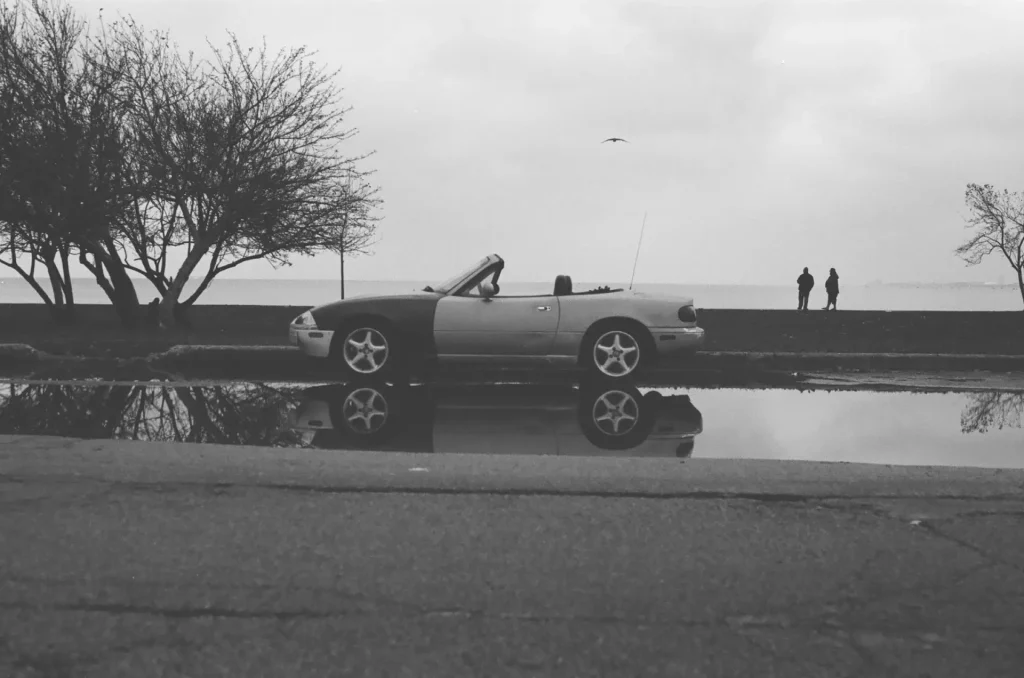
I find myself pulling the Pentax Super Program off the shelf more than any of my other cameras. Both from a subjective and specification perspective, it’s probably the best body I own. The ease of use, the features, the ergonomics, and the cross compatibility with my modern Pentax gear makes it a clear favorite. It’s become my go-to for when I’m on the road, especially if I’m also traveling with a digital body. If I had to get rid of every film camera I own, save for one, the Pentax Super Program would be the keeper. I think of it that highly.

Closing Thoughts
For those seeking a feature-rich SLR that hasn’t skyrocketed astronomically in prices, consider a Pentax Super Program. I see them going for $30-60 USD often, which is an absolute bargain. If you’ve already invested in the Pentax ecosystem, it’ll compliment your other gear nicely while still feeling like a true analog camera.
If you’re interested in seeing more images taken with this Pentax Super Program, feel free to check out @coltenphoto. This is my go-to body, a lot of the posts I’ve shared were taken with this camera. Thank you for reading!
Share this post:
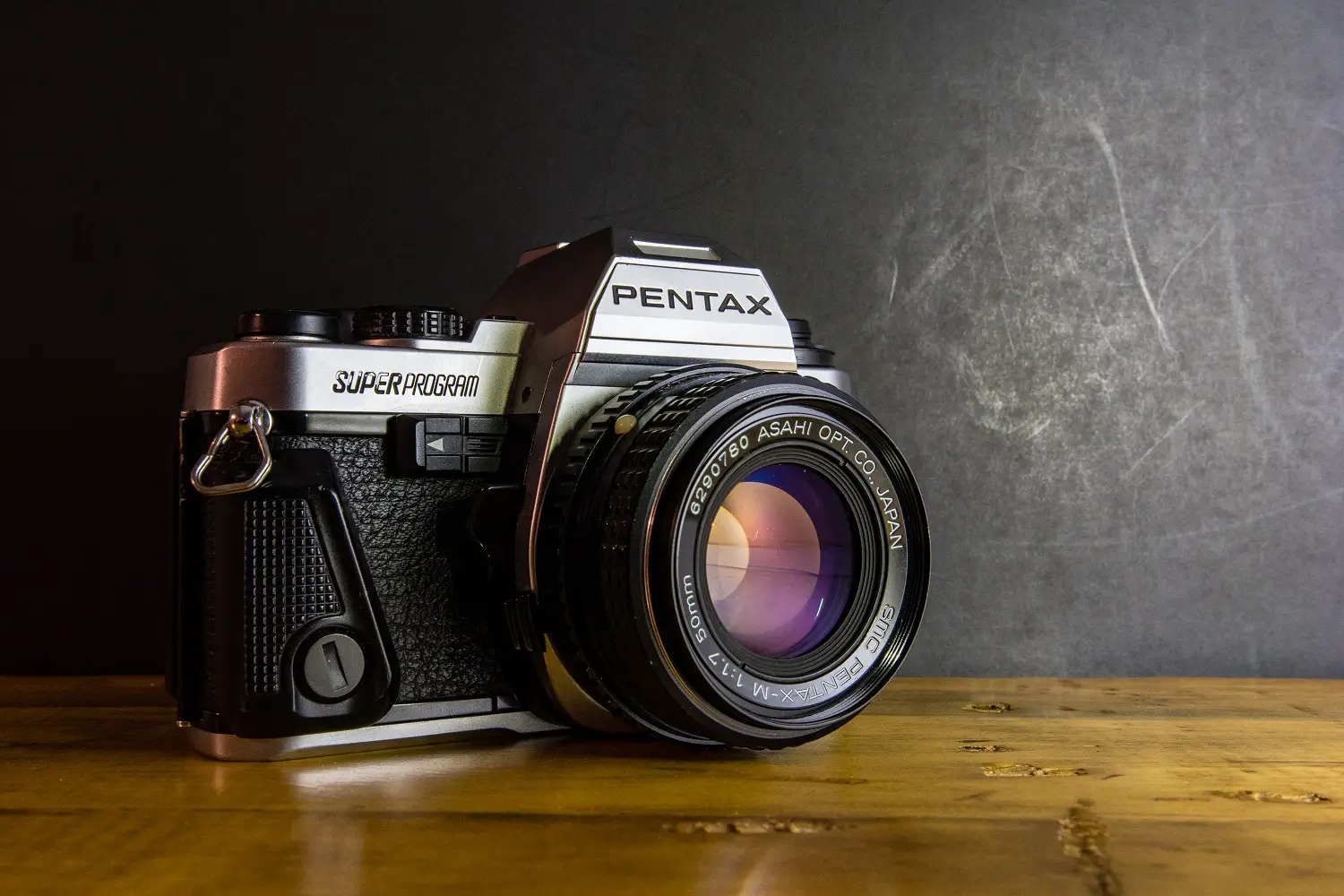








Comments
Jordi Fradera on Pentax Super Program Review – By Chris Colten
Comment posted: 03/07/2020
Just a comment: ME could take pictures without battery but only at 1/100 s. as an emergency. Have you tried this
To cry: Of my ME I only have the empty body (without interior parts) and two lenses 50 mm f1.4 and 200 mm f4, the 28 mm f2.8 I adapted it for Sony37 (article in 35mmc)
Regards
Dave on Pentax Super Program Review – By Chris Colten
Comment posted: 03/07/2020
I've left a link to your story/review over on PF...
Roger B. on Pentax Super Program Review – By Chris Colten
Comment posted: 03/07/2020
ben CF on Pentax Super Program Review – By Chris Colten
Comment posted: 31/07/2020
Zorki-4 review - Kosmo Foto on Pentax Super Program Review – By Chris Colten
Comment posted: 23/10/2020
Nathan Bobinchak on Pentax Super Program Review – By Chris Colten
Comment posted: 24/05/2021
Matt on Pentax Super Program Review – By Chris Colten
Comment posted: 09/08/2021
Not quite. That little frame is intended to hold the end flap/lid you tear off the box the film came in as a reminder of what film and how many exposures you have in the camera. Thanks for the nice trip down memory lane.
Jim on Pentax Super Program Review – By Chris Colten
Comment posted: 30/11/2022